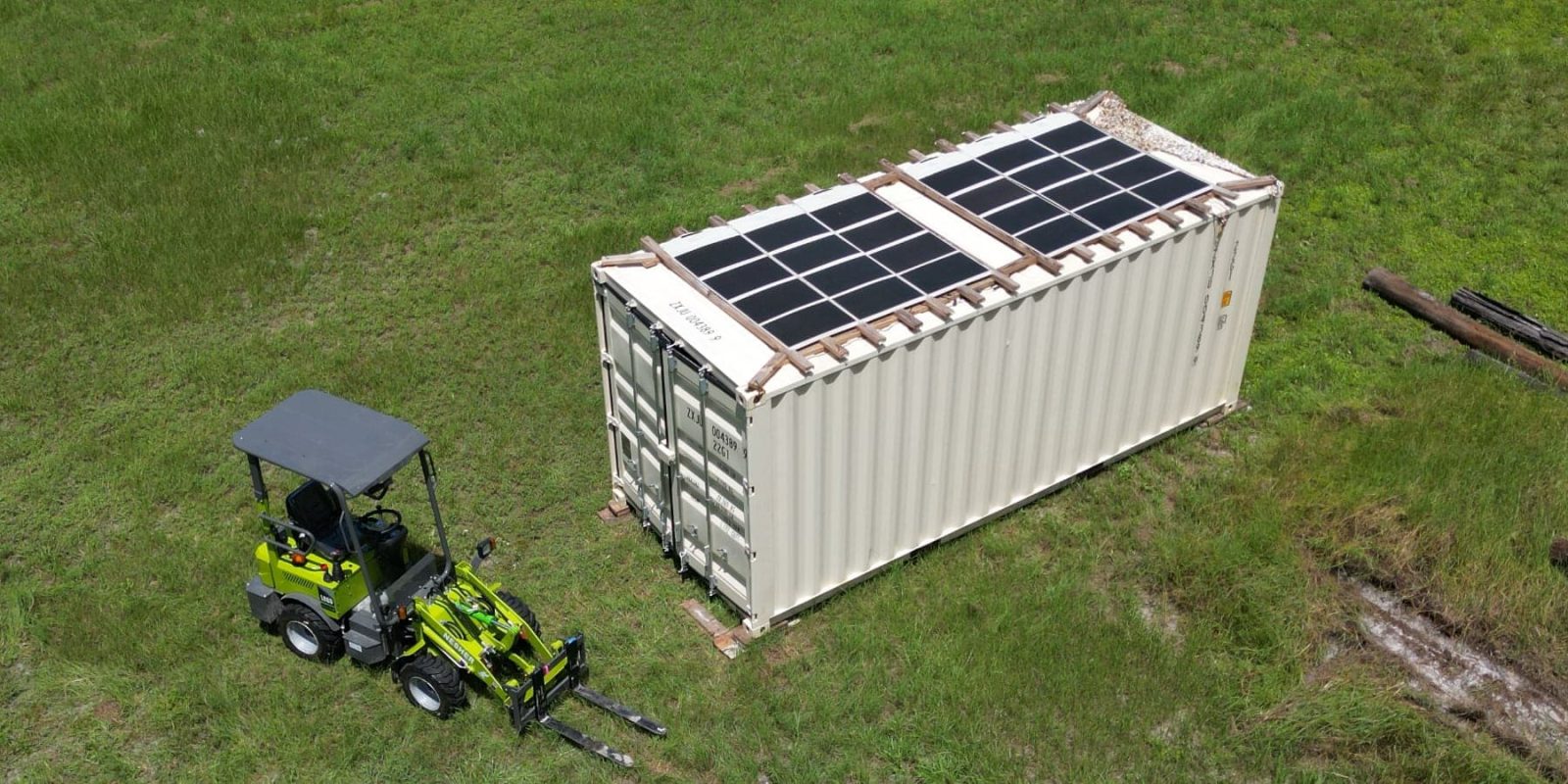
In what continues to feel like the ultimate tool hack, I’ve been running my electric tractor completely off-grid. I haven’t paid to charge it in months and it feels like I’m somehow cheating, always having the power of heavy machinery at my fingertips with absolutely zero fuel cost.
Here’s how I wake up to a full “tank” every day, for free.
Having an electric tractor has been incredibly useful on my family’s homestead where I keep it. It’s actually an articulating wheel loader, and so it does plenty of jobs beyond mere pulling tasks, including various material handling, hole digging for tree planting, trench digging, moving pallets and heavy equipment around, spreading mulch, moving compost, grading surfaces, etc.
Because it’s electric, I don’t have the major maintenance issues of a diesel tractor, and it’s just a lot nicer to use every day because it’s not loud, smelling of exhaust, or creating an uncomfortably hot working environment on days that are frankly already too hot.
On the other hand, I can’t just keep fuel cans around to instantly top it up whenever I want. With a run time of 4-6 hours per charge, it handles our needs but still needs to be charged back up regularly.
But as you can imagine, I don’t always want to rely on a wall outlet that is several acres away. As an alternative, I decided to create a charging shed out of a 20-foot shipping container.
I wrote an entire article on building the charging shed, so you can check that out for more details on the build process. But to summarize, the container has 1,200 watts of Pecron solar panels on top that feed an 8 kWh Pecron inverter/battery bank inside it.
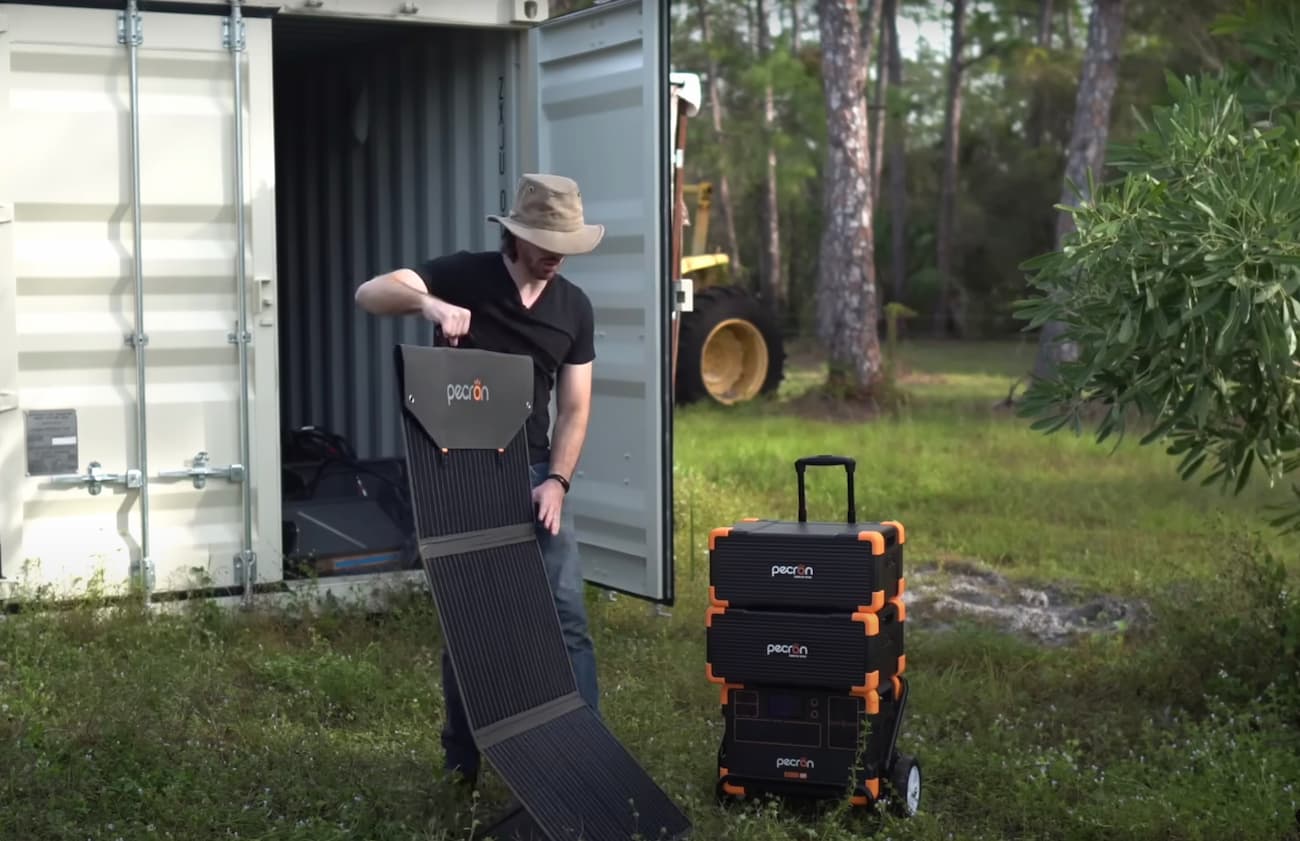
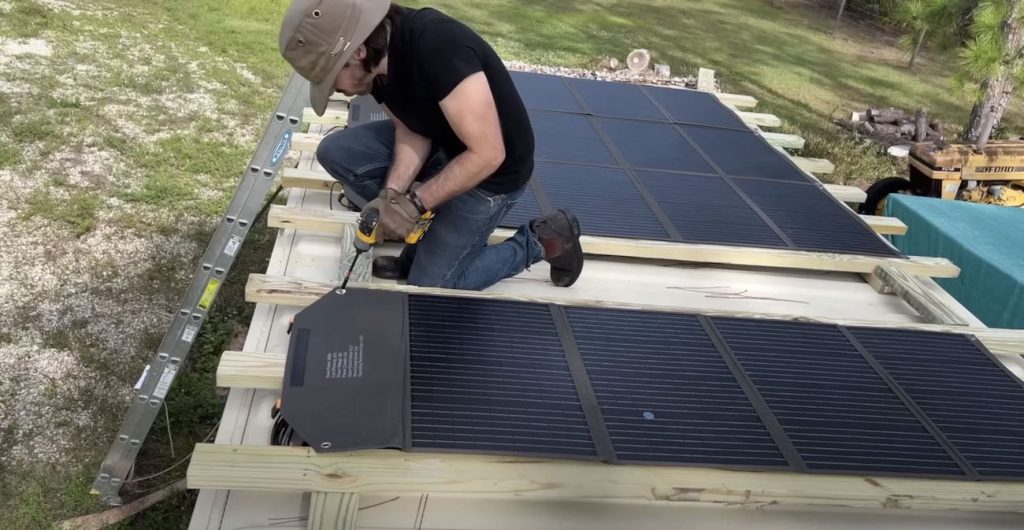
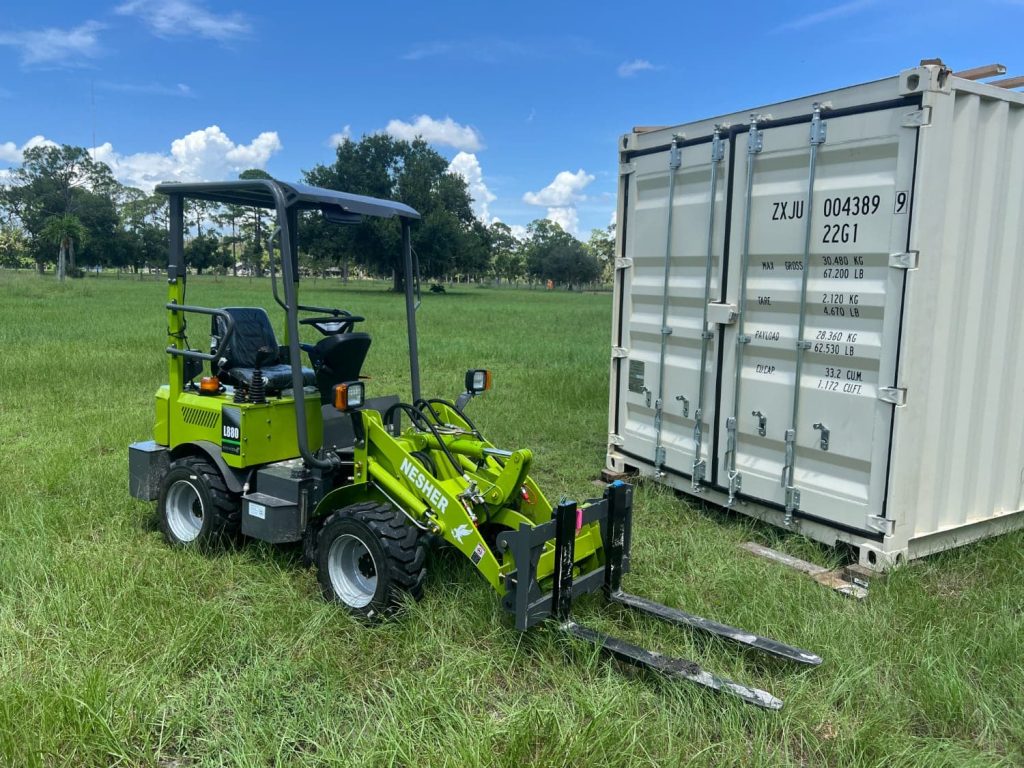
Compared to trying to build a new barn or install a prefab metal building, this shipping container is much, much cheaper.
The actual container cost me around US $3,000, and I just had to do the legwork of moving it out into the pasture by using a set of EZYwheels that let me tow the whole thing like a trailer (behind the tractor it would soon be charging, no less!).
Towing roughly 6,000 pounds (approximately 2,700 kg) across a bumpy pasture isn’t for the faint of heart, but it seemed to work just fine when you go slow and the ground isn’t too wet to get traction.
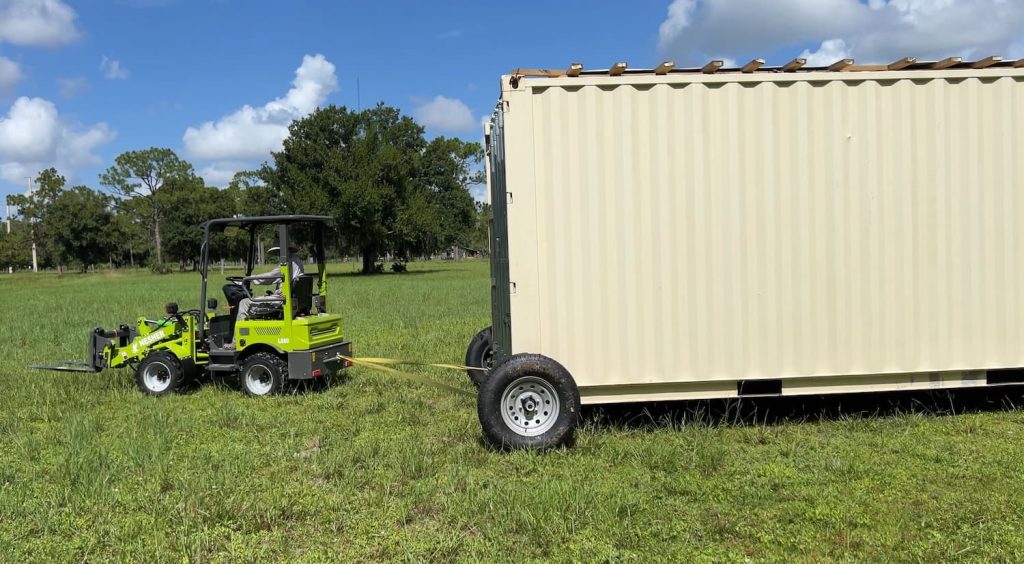
Once in place, the container creates both a place to store the tractor so it’s not out exposed to the elements and a place to charge it up during the day.
The total battery capacity of my wheel loader is actually slightly larger than the battery capacity in the container. There’s 8 kWh of storage in the container but 9 kWh in my wheel loader, though I never really run the loader all the way to empty so it’s easy enough to charge it just from my stored energy. And I never worry about not having enough charge left in the container because it is charging itself from the sun every day.
In strong sun, I can get over 800 watts of continuous charging into the container’s battery bank, though on cloudy days that can drop to just 100-200 watts. Fortunately, the 8 kWh is enough to hold me over on cloudy days, and it’s not like I’m using the tractor commercially. It gets a few hours of use each day, whenever we’ve got tasks on hand that require it.
I originally had a small portable air conditioner in the container to try and keep things inside from baking like an oven, but I found that the white paint of the container kept it from heating up too much in the sun. Plus the 1,500 W of power that the air conditioner was pulling was really chewing into my stored energy, depleting my battery bank overnight. Ultimately I decided to deep six the A/C and instead I will likely look at a smaller and more efficient mini-split in the future.
However, I still wanted to keep the container from getting too humid as a way to protect the various electric vehicles I park in there. So, in place of the A/C unit, I put in a single-room dehumidifier that pulls around 100 W from my container’s batteries. It works great to keep the humidity down but barely makes a dent in my battery bank’s charge level!

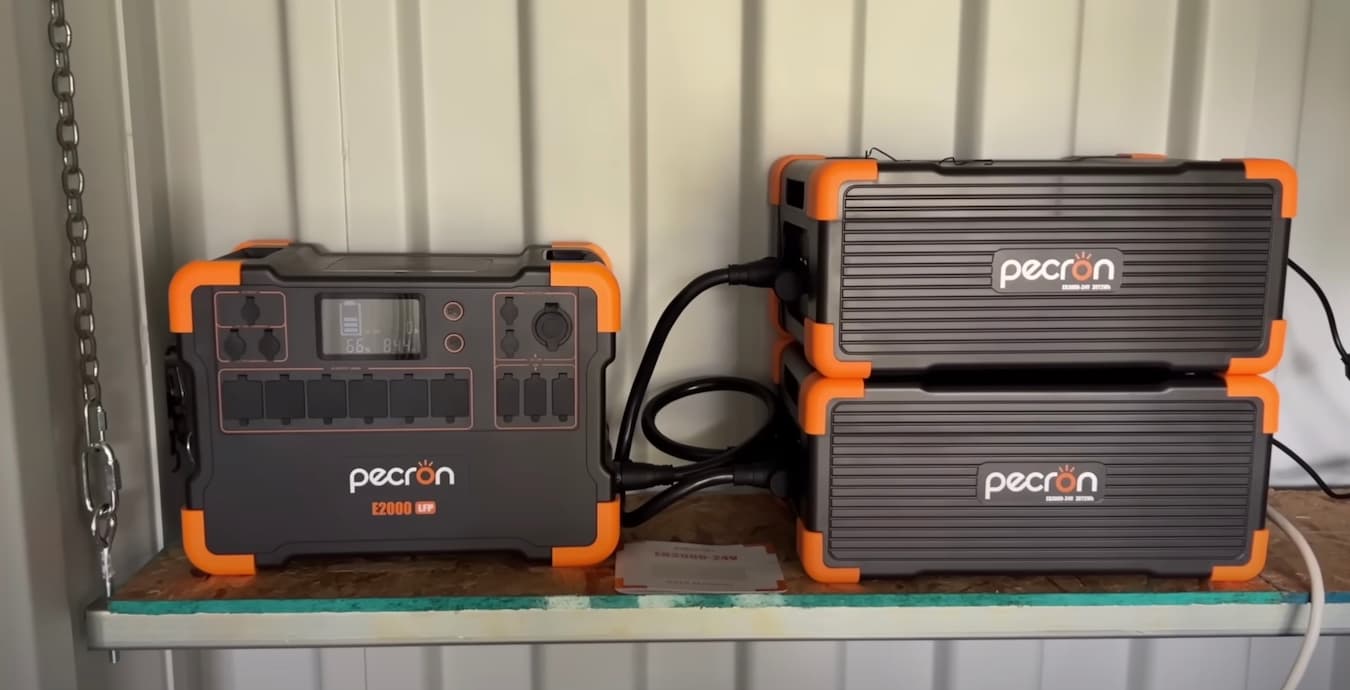
With this setup, I’ve created an entirely off-grid system where my electric tractor is always powered by solar energy. The tractor would already have been pretty cheap to charge from a wall outlet back at the house or garage building, costing around a dollar and a half to refuel it each time the batteries are empty. However, by using a solar-powered setup, now it’s basically free to charge (not including the initial expense of the solar setup, of course).
For me, this was never an exercise in trying to save money though, largely since the cost of charging electric vehicles at home is already so incredibly cheap. Instead, it was about creating a convenient way to charge and store these types of vehicles, and it allows me to also keep my e-bikes, e-scooters, and other e-tools out of the weather and fully charged up. For example, we just got an electric chainsaw and now I can run that off-grid as well.
In a pinch, I could probably use the container as emergency power after a bad storm, assuming the solar panels haven’t blown into the next area code (this was a DIY build and it’s definitely not hurricane-rated). And if so, at least the batteries will still hold a charge until they’re depleted!
This might not be the best solution for everyone, but it worked well for my use, creating dual purpose weather-proof storage and off-grid charging in a single structure. The system could obviously be scaled up or down for larger or smaller needs, and has the advantage of being highly customizable for different requirements. If someone only wants to keep their e-bikes charged up off-grid, a much smaller solar array and battery bank would be sufficient. For someone wanting to run their Tesla off-grid, a significantly larger system would be needed.
The sky is the limit. And it’s the energy source, too!
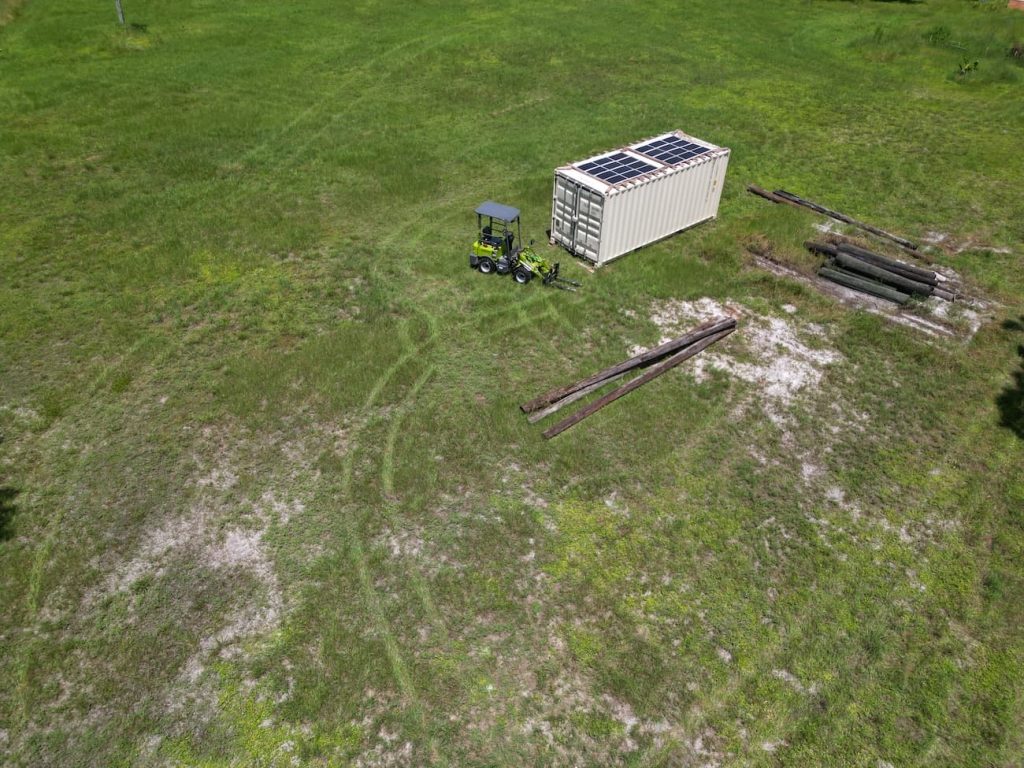
FTC: We use income earning auto affiliate links. More.






Comments